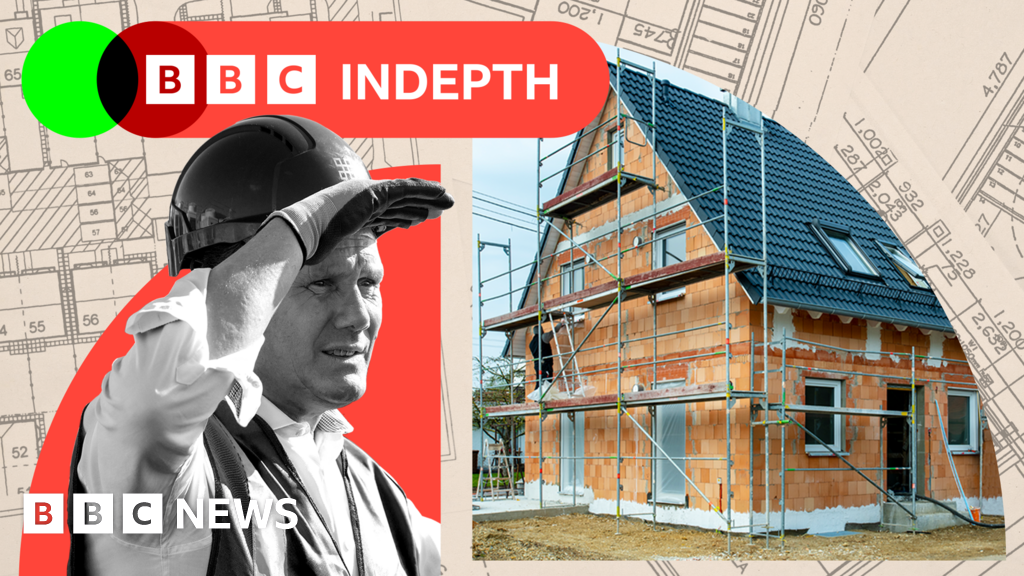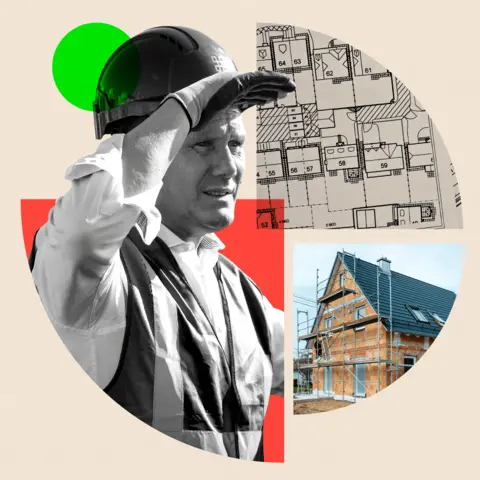Speaking at his final rally before Sri Lanka’s presidential election last week, Anura Kumara Dissanayake promised to lead the country’s “first-ever uprising of people to form their own government through the ballot”.
Dissanayake’s subsequent victory over candidates from Sri Lanka’s two long-ruling political camps has put the left-wing populist — who has cited Marx, Lenin and Engels as his top heroes — at the pinnacle of the island’s politics.
Sri Lanka’s establishment and some foreign diplomatic and economic partners are unsettled by the historic role played by Dissanayake’s People’s Liberation Front (JVP) in violent uprisings against the state.
The National People’s Power alliance, a JVP-led alliance with other political and social groups under which he campaigned, has demanded changes in the country’s IMF-backed debt restructuring and economic recovery plan.
Dissanayake, who is widely known by his initials AKD, has already dissolved parliament, setting the stage for elections in mid-November that will test whether his personal popularity translates into broader support for an alliance previously derided by opponents as a marginal force.
Addressing the nation on Wednesday, the bearded 55-year-old politician promised to create a “law-abiding nation . . . while ensuring the social security of all citizens”.

Wearing one of his trademark buttoned-up white shirts, Sri Lanka’s ninth president said he planned to begin talks with the IMF “immediately” and had already begun negotiating with creditors “to expedite the process and secure necessary debt relief”.
The IMF said it was looking forward to working with the new president in helping Sri Lanka recover from its economic crisis and that it hoped to discuss its $3bn financing programme with the new administration “as soon as possible”.
The JVP is unabashed about its Marxist roots. The party’s emblem remains the hammer and sickle; its website features founder Rohana Wijeweera in a Che Guevara-style black beret and its Colombo headquarters proudly displays trophies and tributes from communist Cuba, China and Vietnam.
Asked to name his heroes in a 2015 interview still posted on the JVP website, Dissanayake cited only communist luminaries, including Guevara, Wijeweera and Fidel Castro.
However, analysts say he has played a crucial role in bringing the party and its broader NPP camp to embrace a centre-left programme that recognises the role business must play in rescuing the bankrupt country’s economy.
“Labelling the NPP as left, socialist, Marxist is very outdated,” said Jayadeva Uyangoda, a political analyst and emeritus professor at the University of Colombo. “Old ideological labels are no longer applicable at this political moment.”
Dissanayake was born in 1968 in rural north-central Sri Lanka to a labourer father and housewife mother. He has recalled studying as a child under the lights of the post office in Thambuttegama because it was the only place in the village with electricity, and also selling mangoes on trains during school holidays.
He was the first from his school to attend university, and studied physics at the University of Kelaniya near Colombo, where he first became active in politics via the JVP’s student wing in 1989.

The JVP was founded in the 1960s as an explicitly revolutionary Marxist-Leninist party and had a leading role in unsuccessful violent insurrections in 1971 and 1987-89. Two of Dissanayake’s cousins were victims of extrajudicial killings by government troops in the 1980s, and some of his student activist comrades also died during a period he has described as a “tremendous shock”.
The party was operating underground when Dissanayake joined, but was already seeking to reposition itself as a mainstream political party. As he rose through the ranks, it renounced armed struggle and re-entered parliamentary politics in 1994.
Dissanayake became national organiser of the JVP’s Socialist Students’ Union in 1997, joined the party’s governing politburo in 1998 and became one of its MPs in 2000, briefly serving as agriculture minister in a coalition government four years later.
After Dissanayake became JVP leader in 2014, he apologised for the party’s role in past insurrections, telling Sri Lanka’s Daily Mirror: “Twice we took up arms; however, in the future we assure the people of Sri Lanka that this will not ever reoccur.” In 2019 he helped form the NPP and ran for the presidency, but took only 3 per cent of the vote.
Sri Lanka’s 2022 economic meltdown created ideal conditions for an outsider candidate campaigning against the status quo, however. The debt-laden country’s struggle to pay for fuel, food and medicines sparked the mobilisation of a mass movement dubbed the Aragalaya, or “struggle”. Protesters blaming Gotabaya Rajapaksa, the 2019 election winner, for economic mismanagement and corruption over-ran the presidential palace and sent him fleeing into exile.

“In many ways, AKD reflected the kind of struggles that came up in the Aragalaya: the fight against corruption, an anti-establishment mood, and a desire for a more accessible, transparent, accessible politics,” Harini Amarasuriya, Dissanayake’s new prime minister, told the Financial Times this week.
In its election manifesto, the NPP said it would seek “a more palatable” agreement with the IMF, which analysts said would probably entail a call for lower interest payments and more forgiving growth and other targets on which the bailout is based.
Alongside numerous promises of tax cuts and exemptions, the manifesto also recognised the role of the private sector in recovery, calling for a better environment for start-ups and a business-friendly “single window” service for companies seeking licences and permits.
Now Dissanayake will have to balance such pledges against the need to reassure holders of Sri Lanka’s debt. He will also need to play its diplomatic cards carefully at a time when Beijing and New Delhi are jostling for regional influence. Both Chinese President Xi Jinping and Indian Prime Minister Narendra Modi congratulated the Sri Lankan leader on his victory, but Indian media have portrayed him as “anti-India”.
Analysts say AKD’s room for manoeuvre as he seeks to bring Sri Lanka out of default are limited — and any external economic shock could derail recovery. If the NPP does not win by a landslide in November, he will also need to form a coalition with opponents to achieve a stable government.
In his inaugural speech, Dissanayake struck a humble note, acknowledging that there were “things that I am knowledgeable about and things I am not”, but adding that his goal was “to do everything possible to make people once again feel respect for politicians”.






















































































































































You must be logged in to post a comment Login